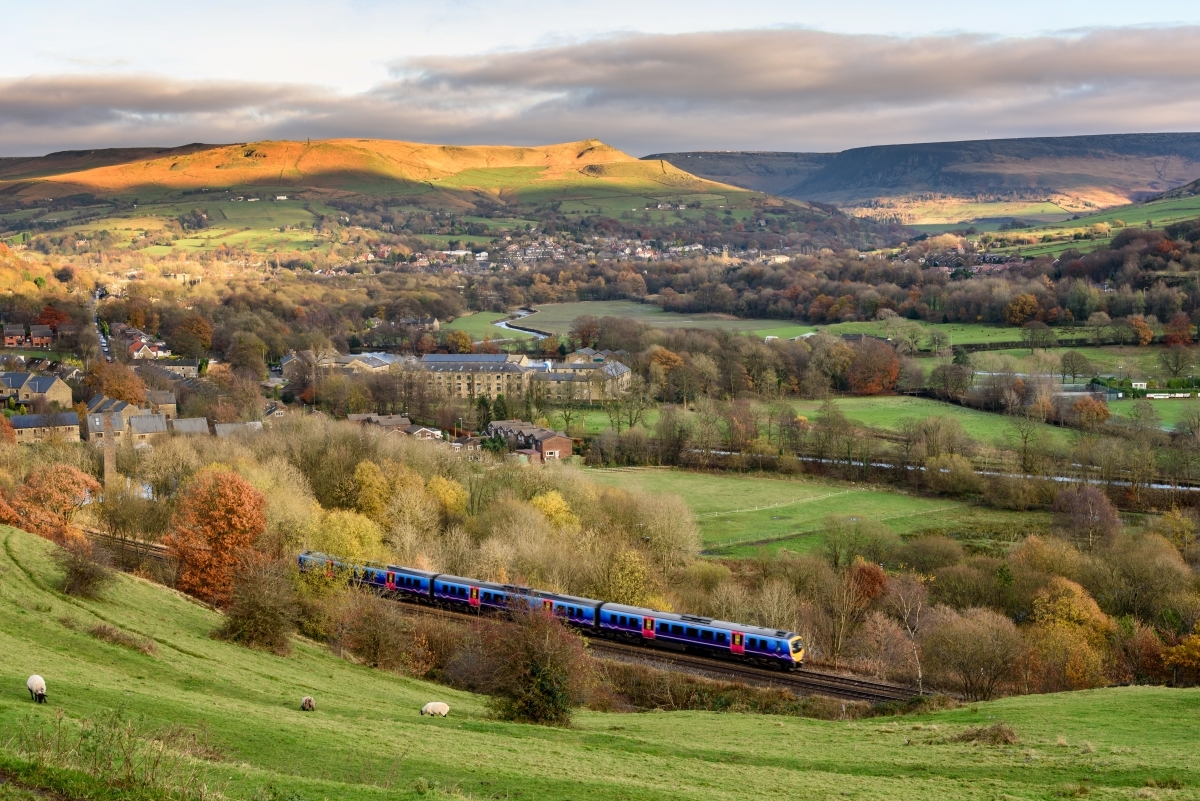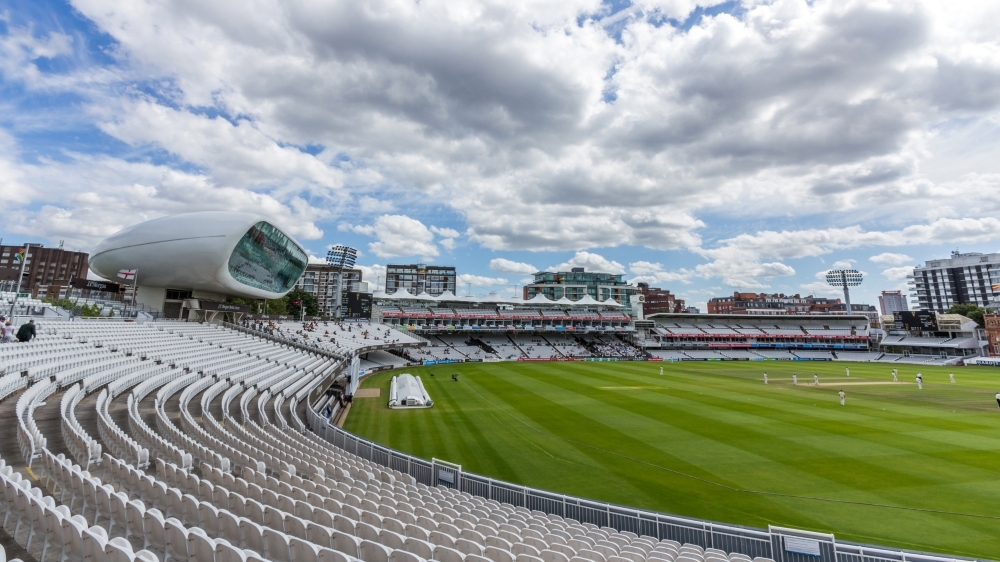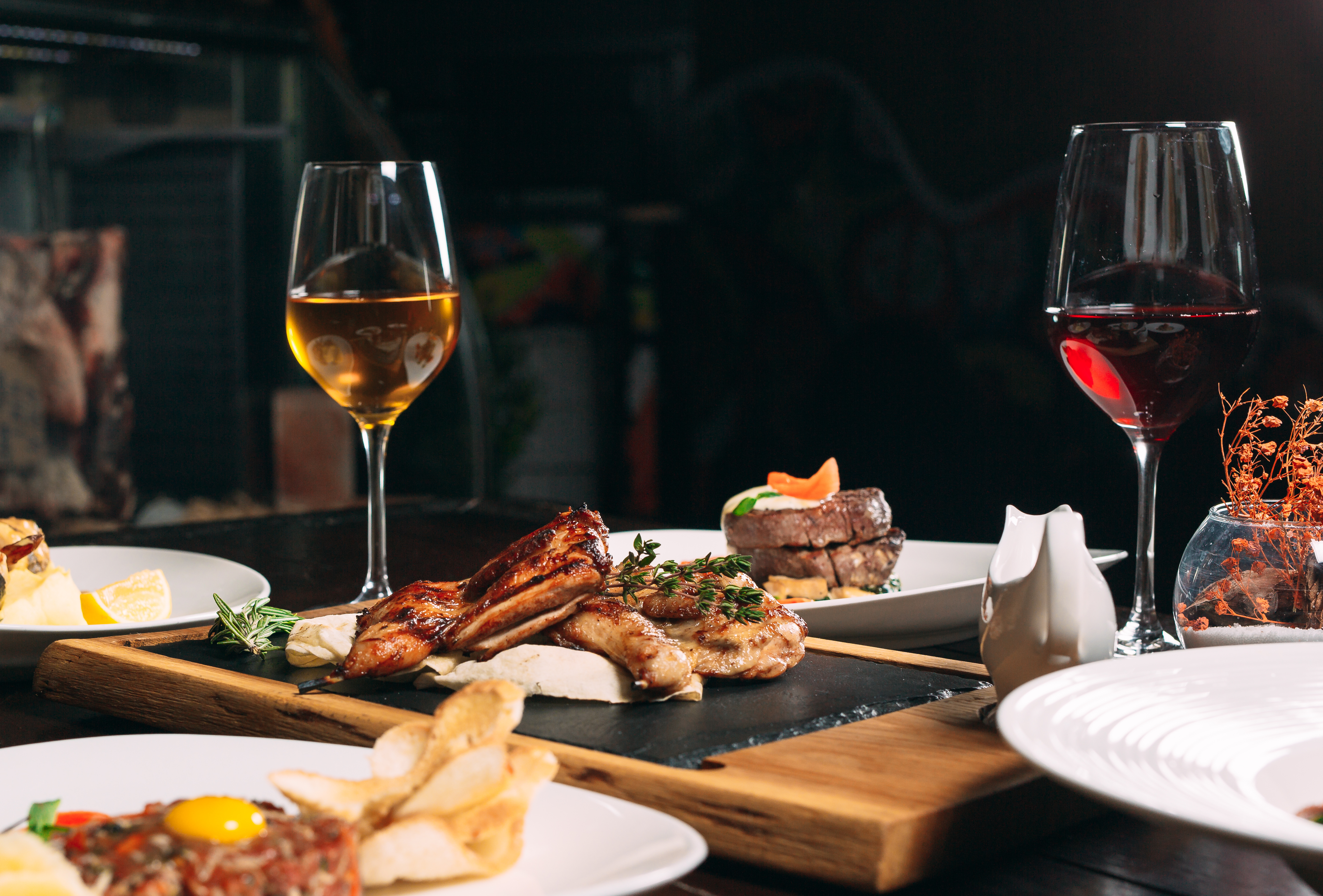Aristocratic Elegance: The Best Modern Castle Houses in the UK
In spite of the colonial mayhem in Europe, mediaeval Britain’s way of life is full of intrigue. The country’s cultural-looking glass inspires awe, for regal splendour shines through radiantly. Further, with Downton Abbey, Bridgerton, and The Crown garnering ardent fanbases, there’s been a heightened romanticisation of British aristocracy.

The quiet decadence of Britain’s bygone has been beautifully preserved and nurtured by sundry castle estates and stately homes in the countryside. Though restored to appeal to modern fancies, you’re bound to hear in these houses, distant clicks of tea cups, tightening of corsets, and hushed voices trading juicy gossip.
Read on to unveil five of the best modern castle houses in the UK.
Denham Place, Denham, Buckinghamshire

Denham Place is a Grade I-listed country house in Buckinghamshire, enveloped by a Grade II-listed 43-acre parkland and complete with 12 reception rooms, 12-bedroom suites, and 14 bathrooms. The estate also borders an 18-hole championship golf course.
Steeped in history, the estate dates back to 1688 and was commissioned by Whig politician Sir Roger Hill. It used to nestle amidst formal gardens with lakes and sculptures, which were all removed in the early modern period and replaced by a manicured park. The estate also hosts a Grade II-listed Coach House, which has been converted into four detached cottages and a series of garages.
The interiors are bejewelled to the fullest, leaving no stone unturned. Beautifully restored by Alex Kravetz, the baroque walls and ceilings are ornately sculpted or panelled with 22-carat gold leaf, handwoven silk, or ebony. Colossal chandeliers, richly tessellated tapestries, plush banquettes, and sparkling Italian marble floors adorn the grand home. Besides the ballroom, study, and chapel, the house’s crown jewel is the Misbourne Suite, a two-floor suite encompassing a study, lounge, and a custom four-poster super king-size bed.
This Georgian haven boasts quite a star-studded residential roster, including Robert Vansittart, 1st Baron Vansittart, J.P. Morgan, and Harry Saltzman. As one of the UK's most famous modern castle homes, it has also been featured in films such as 'Live and Let Die' and 'The Man with the Golden Gun.'
Also Read: Inside Buckingham Palace
Marchmont House, Scottish Borders

Ensconced in lush verdure and bounded by the Blackadder Water, the Marchmont House is a resplendent gem in the heart of the Scottish countryside.
The Marchmont House is shrouded in political drama as well as royal benevolence, rendering the mansion all the more enigmatic. The house was built by Hugh Hume-Campbell, 3rd Earl of Marchmont in 1750. After it was passed on to different families over generations, it finally came under the ownership of Oliver Burge, director of Marchmont Farms. After consolidating the house and the surrounding estate under their name, the Marchmont House took on a new life in 2005, open for public viewing.
The Palladian mansion’s raw beauty lies in its intricately sculpted ceilings, candelabras, and handsome fortresses. The interiors have been imbued with a contemporary gloss using modern Herringbone flooring, vividly hued walls, and stylish period furniture and rugs. The home is littered with dated as well as modern sculptures of Scottish provenance, in addition to refurbished antiques such as sconces, mirrors, and framed portraits.
The 3000-acre estate won the 2018 Historic Houses Restoration Award, sponsored by Sotheby’s UK and Ireland.
Also Read: Castle of Mey
Kelmscott Manor, Gloucestershire

The Kelmscott Manor is a Grade I-listed building tucked away in the heart of the Cotswolds in West Oxfordshire.
The house was built by Thomas Turner, a local farmer, in 1570. Three centuries later, James Turner bought the home, 53 acres of manorial land, as well as the lordship. At this juncture, the collective estate came to be known as the Kelmscott Manor. A year later, writer and socialist William Morris saw that manor and was taken in by its bucolic beauty. He proclaimed that it was the “loveliest haunt of ancient peace” and bought it immediately.
By the 20th century, much of the house fell into disrepair. It was incorporated into the Society of Antiquaries in 1960, which led to the much-needed restoration efforts.
The barns were converted into snazzy tearooms and shops while the interior walls and floors were completely reconstructed. Most of Morris’ furniture, from his textiles to his beds, tables, chairs, and books, has been retained. Two rooms have been dedicated to preserving artistic exhibits collected over 300 years, such as display furniture from Red House in Bexleyheath and important works by Rossetti, Sir Edward Burne-Jones, and Breughel. The manicured garden is littered with grand old trees, rose bushes, and an orchard.
Also Read: St. James’s Palace
Carlowrie Castle, Edinburgh

Carlowrie Castle is a Baronial-style marvel occupying the outskirts of Kirkliston, Scotland.
The castle was built in 1852 by Thomas Hutchison, a wealthy wine merchant in the Provost of Leith. Designed by prominent architect David Rhind, it cost £33,000 to build the castle, which at the time was a king’s ransom. After 130 years, it was passed on to the Marshall family, who saw immense potential in the commercial value and marketability of the castle, heralding a new chapter for the estate.
The Scottish Baronial castle was converted into an opulent nine-bedroom dwelling for hire. While retaining its authenticity, much of the interiors were revamped to suit modern sensibilities. Clean, elevated minimalism has been employed while decorating the rooms with dark wooden panels, winding staircases, slender chandeliers, and muted colour palettes. The castle house also displays over 70 artworks sourced from 25 countries.
A new orangery and a separate manager’s cottage and office have been erected in the garden. Additionally, 12 detached eco-friendly cottages made from timber and reflective glass panes have been included behind the main manor.
Also Read: Best View of Edinburgh Castle
Peper Harow House, Guildford

The Peper Harow House is a Palladian mansion created by William Chambers, an architect to King George III and designer of Somerset House in London. This Grade I-listed structure is anchored on a 19-acre farmland and was recently revamped into a gorgeous family home comprising seven apartments and two wings, connected by a centralised lift network.
The majestically sculpted ceilings, Georgian panels, winding staircases, soaring windows, and archaic light fixtures have been perfectly preserved, suffusing the mansion with an aristocratic charm. The period furniture, tapestries, bathroom fixtures, portraits, and sculptures, although new and fresh, are a graceful nod to the building’s history. Muted colour palettes have been seamlessly harmonised with richly patterned rugs, intricate ornaments, and gilded accent walls.
Each wing of the modern castle home includes en-suite bedrooms, a billiards room, a wine cellar, a study, and a dressing room. Secured by electronic gates and state-of-the-art video systems, residents can reap the joys of old-money sophistication with modern-day comfort.
Also Read: Windsor Castle
Sometimes, the best cure for newfangled anxieties is to revel in the rosy-hued bygone. The lavished elegance of olden-day aristocracy certainly bears an inexplicable fascination—a fantasy we recreate with high teas and country retreats. It’s time to bask in Britain’s ivory-towered past by visiting a castle estate – or buying one, for that matter.



